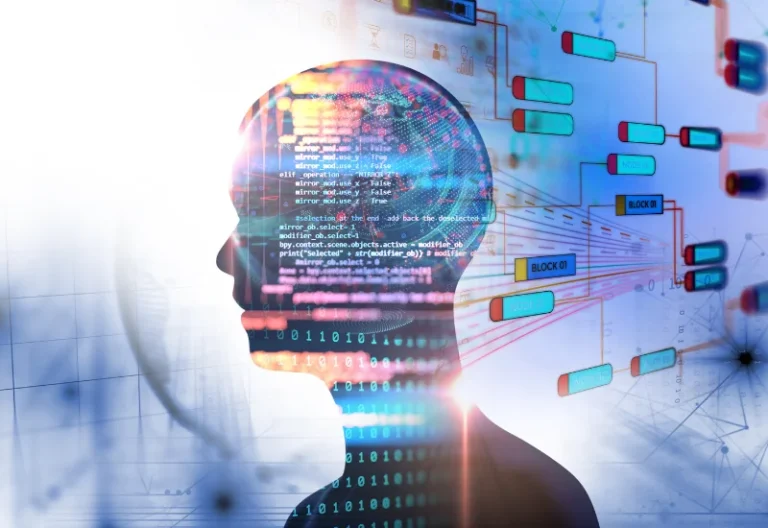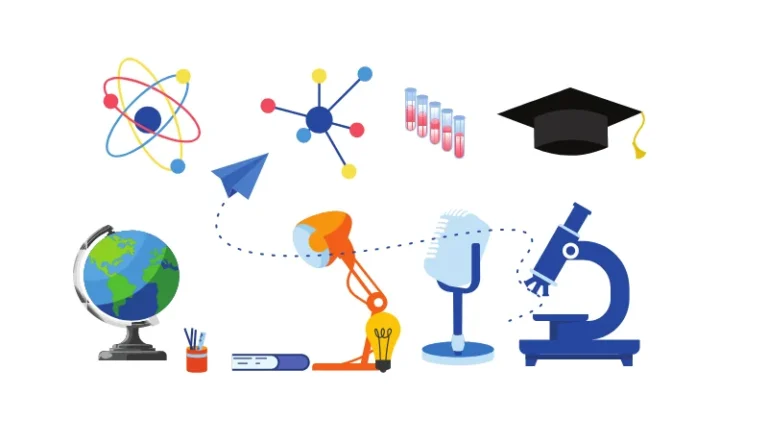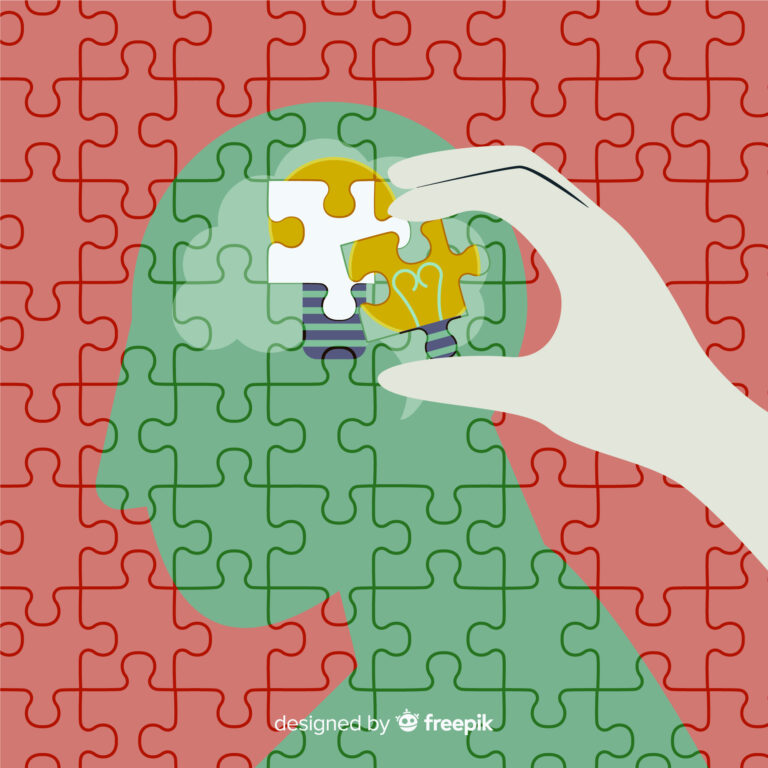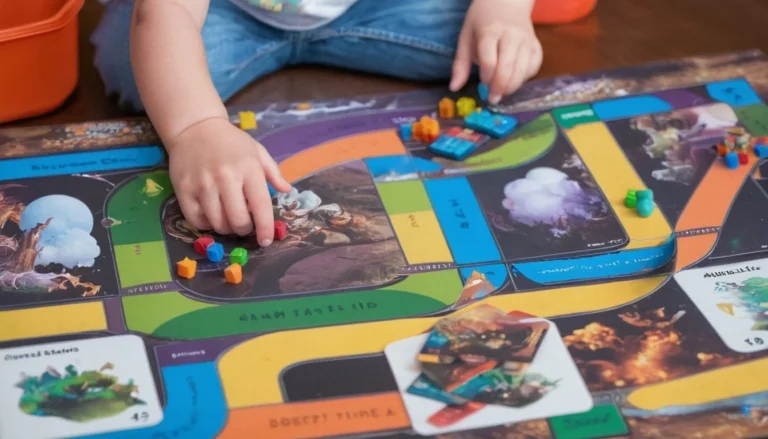STEM games extend beyond mere entertainment. Real-world applications contribute to education, skill development, and problem-solving. As a teacher or parent, finding real-world activities for their children to help develop skills and entertainment hands-on activities. A STEM plan is a great way to do this and allow their children to understand science concepts through hands-on activity.
For elementary school children, science and engineering are two main fields: reward and excitement. Children are naturally interested in learning new things. Therefore, parents should build their children’s interest in science, technology, robotics, and real-world application games. The importance of hands-on STEM activities lies in their ability to engage and teach students, making complex concepts more accessible and enjoyable.
Real-world Application of STEM Games
The real-world applications of STEM games span various fields. They contribute to education, skill development, and problem-solving. Here are some specific examples:
Science
STEM games often incorporate realistic simulation. Players experience and observe outcomes, which helps them understand complex scientific concepts. For instance, physics simulation can prove principles like gravity, motions, and forces.
Technology
Games to Scratch teach program languages and coding skills. These games offer interactive environments for users to learn and apply concepts. They promote computational thinking. Virtual Reality and Augmented Reality educational games provide immersive experiences. They allow users to explore scientific phenomena, historical events, or architectural designs in a three-dimensional space.
Engineering
Games like Minecraft Education Edition or Kerbal Space Program involve designed structures. Problem solution understands the principles of physics and engineering. Gamified approaches enhance learning and introduce challenges and rewards. Prepare its concepts to be more accessible and attractive for students.
Mathematics
Math Puzzles and Problem-solving Games: Games such as DragonBox and Prodigy Math. Games make mathematics enjoyable and contain puzzles and challenges, better math puzzles skills. Focus on your study of specific mathematical concepts through interactive and game-like experiences.
Benefits of Using STEM Games
STEM games offer a dynamic and effective approach to learning skill development and combine entertainment with educational outcomes. Their versatility makes them valuable tools in both formal education settings and informal learning environments. Real-world problems often involve a systematic and thoughtful approach. You can apply these general steps to various issues.
Engagement and Motivation
Games make learning enjoyable and motivate students to explore and understand STEM concepts more deeply.
Interdisciplinary Learning
STEM games often integrate concepts from multiple disciplines to stimulate an overall perception of how these subjects are interconnected.
Research and Understand the Issue
Gather information about the problem from reliable sources. Understand its causes, effects, and the context in which it occurs.
Skill Development
Skill development is adopted by various ability competencies and lifelong processes of obtaining and clear. Personal attributes and interpersonal skills involve enhanced both hard skills and soft skills. Skill development understands theories that provide frameworks for how individuals get and enhance their abilities over time.
These theories often address the cognitive, behavioral, and contextual factors influencing learned and mastery skills. Skills Development can encompass technical skills, such as program, data analysis, or graphic design, and soft skills, such as communication, leadership, and problem-solving. Here are the major keys to skills development.
Problem-Solving
Critical thinking is the ability to objectively analyze and evaluate information, arguments, or situations systematically and logically. It involves actively and skillfully applying ideas, assessing, synthesizing, and judging information to reach a conclusion or solve a problem. It is essential in various aspects of life, particularly education, professional work, decision-making, and problem-solving.
Collaboration and Communication
Collaboration Collaboration and communication are essential skills in both professional and personal settings. They are crucial in teamwork, building relationships, and achieving common goals. Collaboration involves working together as a team towards a shared objective. And recognize the assessment of diverse skills and perspectives of team members.
Collaborative decision-making involves gathering input from team members and making informed choices. Build consensus when possible, but also be aware of the need for timely decisions. Build trust through open and honest communication. Adjust communication style based on the audience and context. Both collaboration and communication are interconnected, with effective communication being a cornerstone of successful collaboration.
Creativity and innovation
Creativity and innovation are closely related concepts, but they refer to different aspects of the process to create new and valuable ideas. Creativity is about creation. Creativity can be a form of expression or a way of solving problems. Anyone can be creative in any context. Creativity is the novel step of being the first to identify that something might be possible.
Innovation is the process applied to new ideas to create value. It involves combining theory and creative ideas into practical and useful solutions. Innovation is often associated with yielding something new to the market or upgrading present processes. Creativity and innovation are essential for progress and development in various fields. They often go hand in hand with creativity, provisioning the raw material for innovation.
Coding and Programming
Code is a programming language that helps to communicate with the computer language. Computers do not understand human language, but it allows them to communicate with other computers. It generally refers to the script code process; a computer can understand and execute instructions. It can involve various programming languages. It’s the fundamental skill required to develop software and applications.
It is a broader term that encompasses coding. It involves designing, scripting, testing, bugs, and maintaining source code to create software. It is a more comprehensive concept that includes code and organization, problem-solving, and logical thought in creating a functional and efficient program. It is passing the instructions and information to the computer that describes how a program should be carried out.
Emerging Technologies in STEM Games
One of the main advantages of gamification is that it helps students stay motivated and engaged with the study process. New technologies play a significant role in shaping the landscape of STEM games. These technologies enhance STEM-focused games’ educational and entertainment value, making them more engaged and effective in further learning. STEM games will continue to evolve and provide more immersive, interactive, and effective educational experiences. Integrating these new technologies can contribute to a more engaged and dynamic learning environment for students in STEM fields.
Conclusion
In conclusion, the real-world applications of STEM games extend beyond entertainment and offer various benefits in various fields. These games have proven to be powerful tools for study, skill development, and problem-solving, making them invaluable in educational settings and beyond. As technology advances, the potential for STEM games to contribute to real-world challenges becomes even more significant.
Beyond education, industries can leverage the power of STEM games trained for employee development—the success of STEM games in education and other sectors on continuous development and innovation. Game developers, educators, and professionals in STEM fields must collaborate to create experiences that align with the evolving needs of society. As technology advances, the potential for STEM games to contribute to real-world challenges becomes even more significant.






